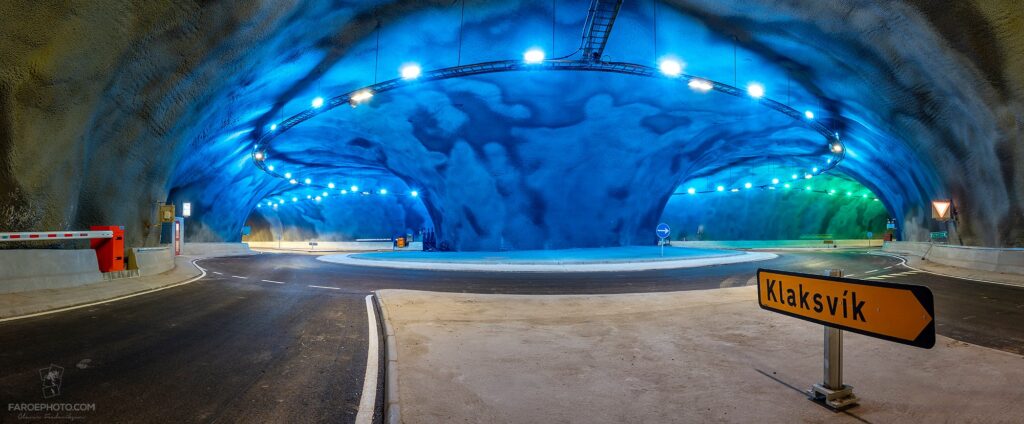

The Protected Landscape Network is a mapped plan for how to repair and protect the biological corridors that provide habitat and sustain island ecosystems. Guided by this information, the MAP 7 PLN identifies the ecological linkages that are critical to Read Island’s ecosystem functions, and where connectivity is broken or impacted. Considerations included composition of the ecosystems, their species, structure and patterns, and their function/processes enduring features, topography, soils, and ecological sensitivity. Read Island’s character and current condition have directed the PLN design. The Protected Landscape Network (PLN) begins with learning about what-is and what-was, with a goal to protect and restore Read Island’s habitats, and the biodiversity supported by its integrated natural systems. The ancient trees and forests survived eons of natural disturbances – but have mostly succumbed to recent pressures of industrial logging. These complex ecosystems have the highest levels of biological diversity, produce the highest quality water, and sequester and store far more carbon than any other coastal ecosystems. In this area, the ecological integrity of island watersheds climaxed as old-growth forests.


The maps illustrate where ecosystems naturally occur and interact, and where they have been impacted by human activities. This set of maps tells a story about Read Island’s network of forests, freshwaters, and other sensitive ecosystems. We endeavour to protect the land and its creatures for those who come after us. We respectfully acknowledge that we live on the unceded traditional territory of indigenous peoples, including the Homalco, Klahoose, WeWaiKai, WeWaiKum, Komoks, and Coast Salish First Nations. The Read Island Protected Landscape Network (PLN)


 0 kommentar(er)
0 kommentar(er)
